|
Written by: Mike Nan, PhD student, St. Leger lab Dr. Jian Duan, a Research Entomologist at USDA, is working on sustainable ways to manage the invasive emerald ash borer (EAB) through introduction and establishment of natural enemies (stingless wasps) from the pest’s native range. This approach, also termed as classical biological control in the literature, can lead to permanent or sustainable reductions of pest populations. Dr. Duan explained that there are four stages in the invasion of new environment by a non-native species: (1) Transport (Introduction), (2) Establishment (or colonization), (3) Spread, and (4) Impact. There are two possible outcomes at each stage that can lead to either failure or success in progression. The EAB (Coleoptera: Buprestidae), a wood-boring beetle native to northeastern Asia including large areas spanning the Russian Far East, Mongolia, northern China, Japan, and Korea, was accidentally transported to Michigan in the mid-1990s, presumably from wood packing materials originating from China (Fig. 1). However, the EAB was not detected in Michigan until 2002. Since then, the EAB has spread into 35 U.S. states/4 Canadian provinces, largely via human-facilitated activities such as firewood movement by campers or traders as well as ash nurseries (Fig. 2). Along with its spread, EAB has also caused serious economic and ecological damages to our ash-dominated hardwood forests in many States – a driver of ecological degradation. The cryptic life cycle/high fecundity (ability to produce large number of offspring) of the EAB is striking (Fig. 3). Of note, the EAB’s life cycle is semi- (one generation of offspring every two years) or uni-voltine (one generation of offspring per year). More than 90% of EAB life cycle – all immature stages (eggs, larvae, pupae) – live and develop in the cambium tissue under the ash bark. It may take 1 or 2 years to complete a generation, depending on location, temperature, and/or host tree condition. A complex of natural enemies in its native range (Northeast Asia) are good at finding, locating, and attacking its immature stages. Some of the specialized natural enemies (stingless parasitic wasp) can thus be introduced to the invaded regions (U.S. and Canada) as biocontrol agents against EAB. In this framework, Dr. Duan discussed the invasion dynamics and impact of EAB and especially why the EAB is a suitable target for biocontrol. One of the options under study is to introduce specialized parasitoid wasps (natural enemies) – e.g., Tetrastichus planipennisi (Fig. 4, Hymenoptera: Eulophidae) and Spathius galinae (Fig. 5, Hymenoptera: Braconidae) from Northeast Asia (the pest’s native range) to the United States against EAB. In order to address whether the introduced Asian parasitoids are safe, researchers from USDA and Cooperators from China and Russia have conducted extensive studies of the parasitoids’ specificity. These studies included laboratory testing against a diverse group of non-target wood-boring insects in both China and in the U.S., field surveys in China/the Russian Far East, and post-release monitoring of non-target insects for attacks by released parasitoids in the U.S. Although there are tremendous challenges in delineation of the fundamental host ranges of those EAB parasitoids for biological control introduction, all data on the host specificity of these introduced EAB parasitoids have pointed to no or little risks to nontarget North American insects. Dr. Duan is currently conducting long-term field research to address two important questions on the current EAB biocontrol program: (1) the degree to which the introduced natural enemies reduced the density of EAB pests and (2) whether biocontrol has contributed to ash tree survival/regrowth. Using the life-table analysis, Dr. Duan found that one of the introduced EAB parasitoids (Tetrastichus planipennisi) played a dominant role in reducing EAB population growth on small ash trees/saplings in Michigan between 2008 – 2015. The newly released Spathius galinae appears to be promising with strong early recovery and spread and effectiveness in protecting large ash trees. On a national level, the EAB will be likely to reach all areas with ash trees from California to Florida, with the West having special concerns over loss of rare ash species. Furthermore, there is a need for new parasitoid collections matched to the climates of the West and South of the USA since only one of the four parasitoids collected in Asia occur at latitudes lower than 40oN, suggesting that the parasitoids may not be successful in these regions of the USA. Finally, Dr. Duan mentioned that a lot is left to be done. For instance, future studies should expand releases of Spathius galinae to Northeastern and Midwestern U.S. and assess its role in protecting large ash trees. Further, there is still a need for foreign exploration of EAB parasitoids in southern and western areas of the pest’s native range (China), and more work is needed to uncover the role of egg parasitoids (Oobius agrili and O. primorskyensis) in controlling EAB populations for protection of all sizes of ash trees. References
Mike Nan PhD student in the St. Leger lab studying how circadian rhythms affect Metarhizium infection of Drosophila. Comments are closed.
|
Categories
All
Archives
March 2024
|
Department of Entomology
University of Maryland
4112 Plant Sciences Building
College Park, MD 20742-4454
USA
Telephone: 301.405.3911
Fax: 301.314.9290
University of Maryland
4112 Plant Sciences Building
College Park, MD 20742-4454
USA
Telephone: 301.405.3911
Fax: 301.314.9290

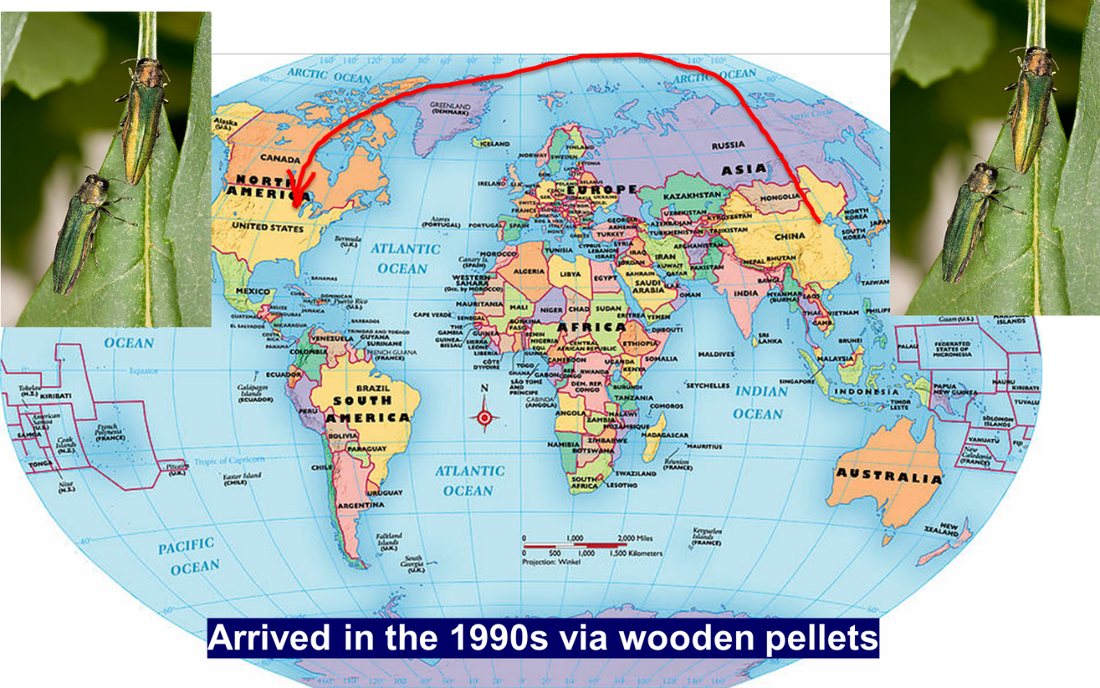
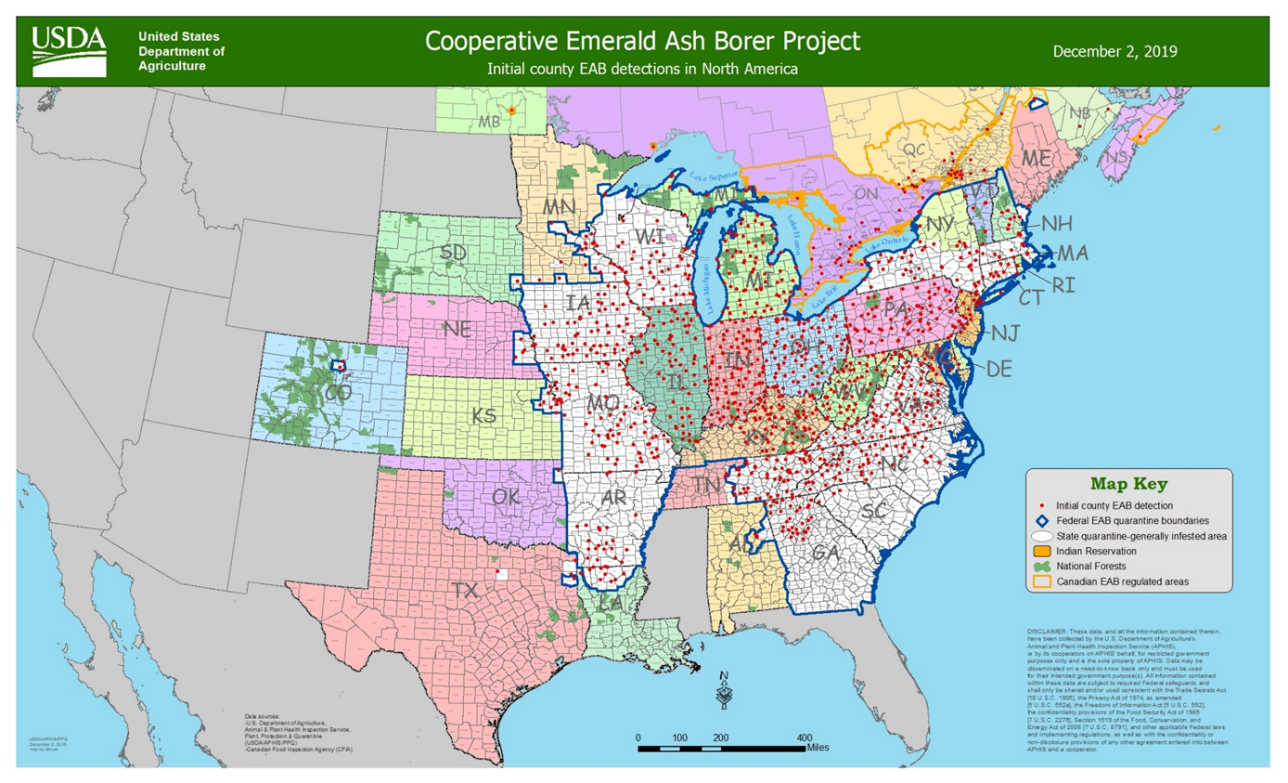
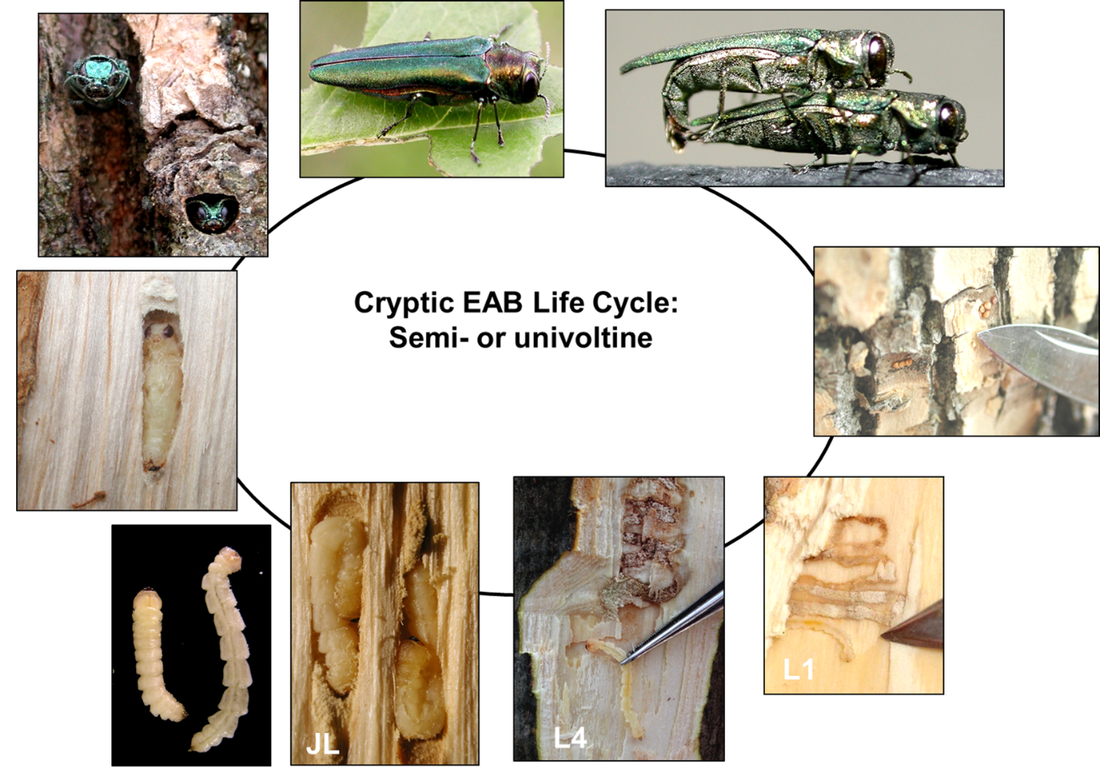
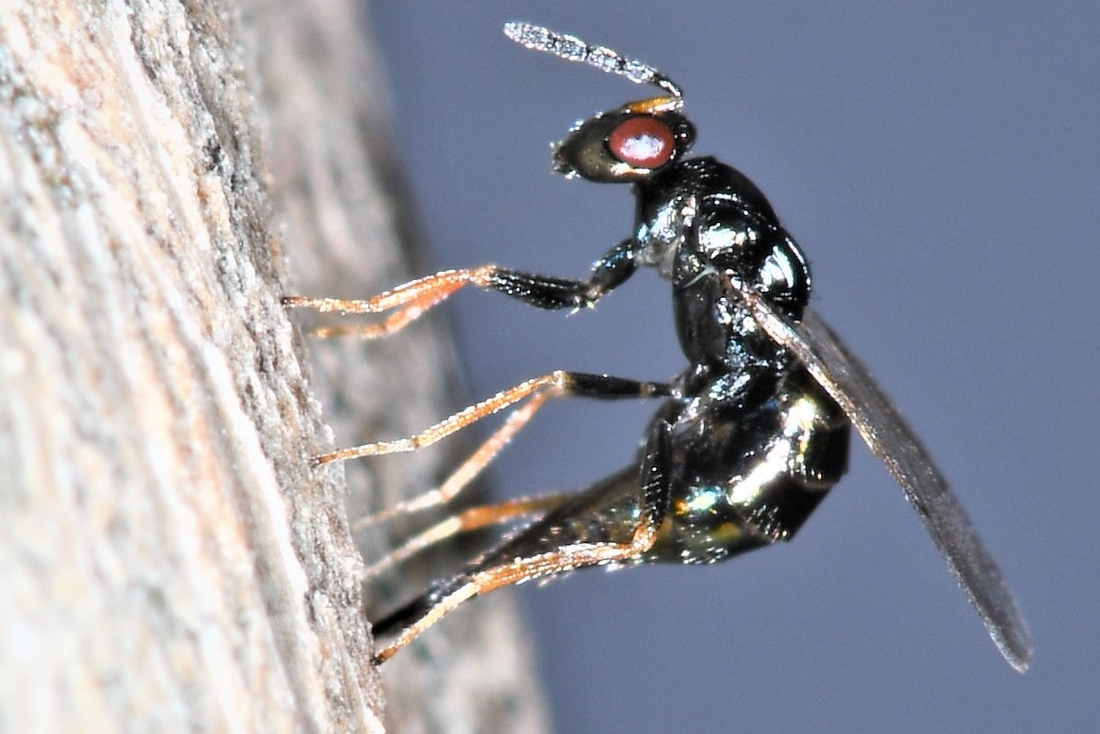
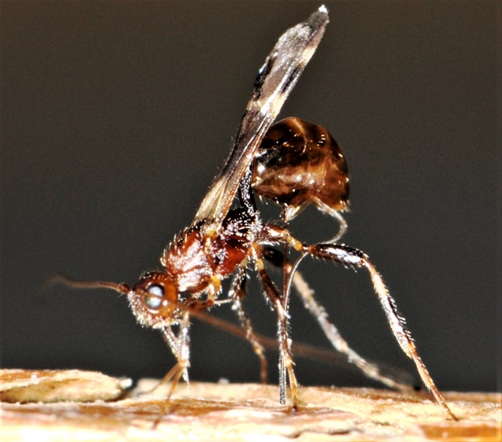
 RSS Feed
RSS Feed




